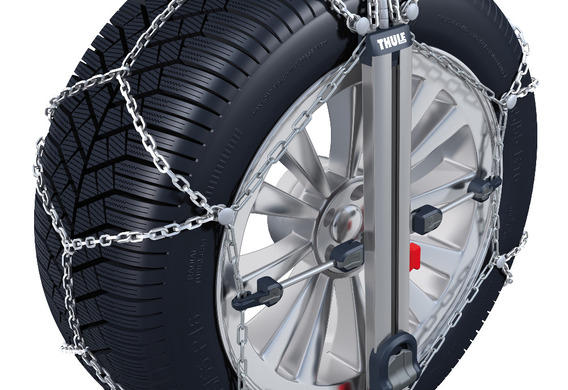
The wheels on wheels (car chains of resistance), as well as their name, are intended to improve the vehicle's obstruction. Chains are fitted to the wheels of the driving axle and improve the locking of the coatings. The snow chains can be used in both winter and summer, and are intended for use in deep snow and loose mud. Once the surface becomes solid, the chains must be removed. The circuits may be installed on the summer rubber as well as on the winter.
Chains can have different designs. The chain is made of metal (steel, titanium, aluminium). It may be solid, and may be equipped with additional load-chains made from rubber, metal or high-strength plastic. There are also rubber "chains" (straps). Their advantage is greater universality.
The method of weaving the antiskid chain may also differ. There are three basic types of weaving:
1. Romb: A simple design that minimizes levers.
2. Lesenka: A simple and easy structure, but with such chains on wheels, the car can move with ropes.
3. Soto: the most complex and most effective chain of backsliding.
You can make your antiskid chains on your own, but you will need the tool and the details:
1. Bulgarian
2. Tiski
3. Chain
4. Connecting links
5. Curiries
6. Tension devices
The chain itself must be made of reinforced wire and its links should be welded and not burned. The procedure is as follows:
1. The chain should be cut to pieces of required dimensions
2. Towards the ends of the longitudinal segments of the chain the carbines
3. Connect the cross sections of the chain with longitudinal (for example, strong washers)
4. A traction device must be fitted to the side-tip and a powerful hook to the place of attachment.
The anti-slip Chains-the necessary accessories for both single-wheeler and four-wheel-drive vehicles. Especially in rural and mountainous areas.







